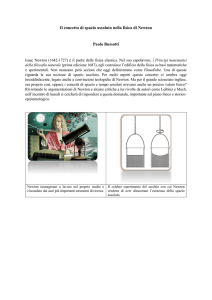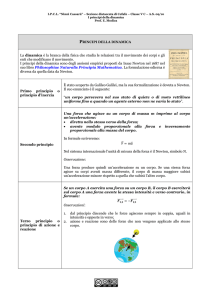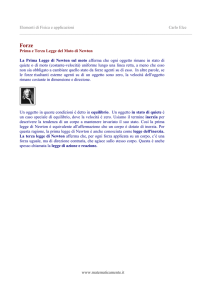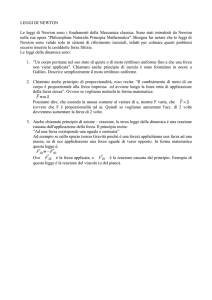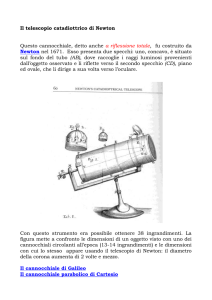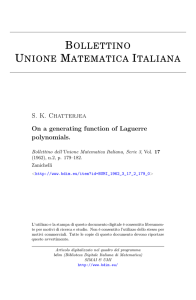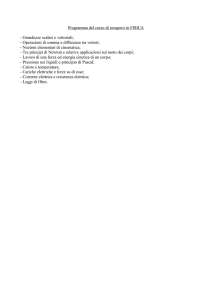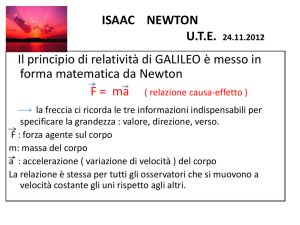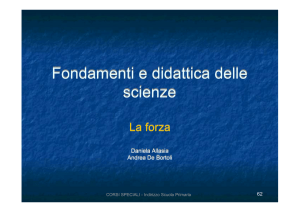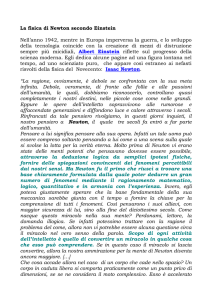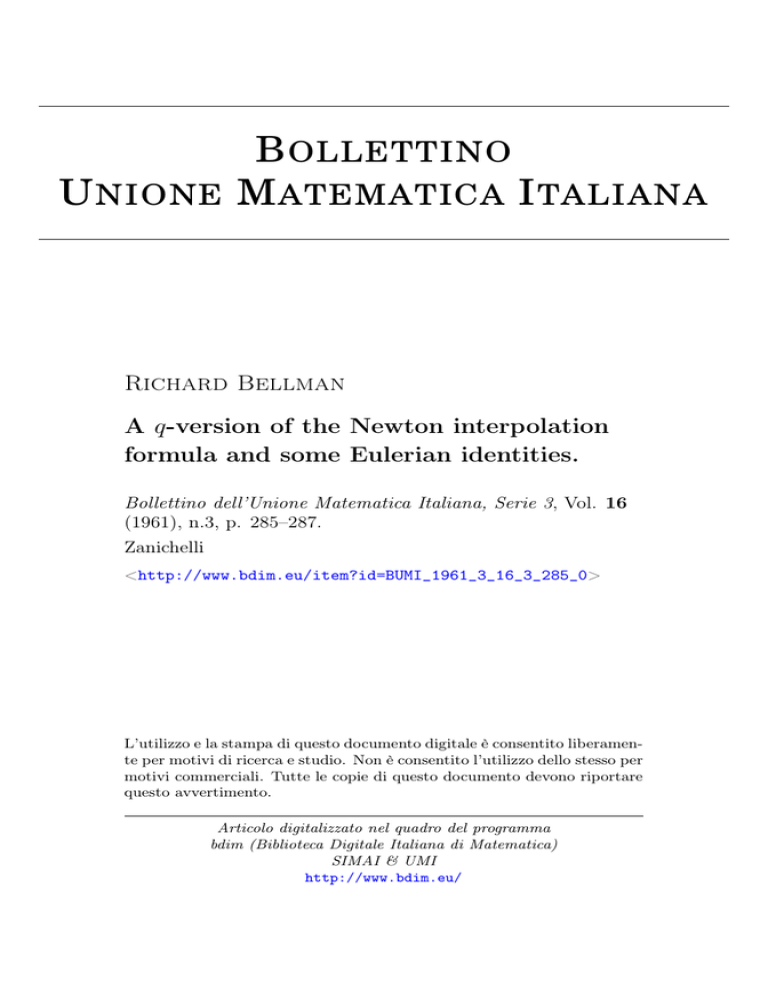
B OLLETTINO
U NIONE M ATEMATICA I TALIANA
Richard Bellman
A q-version of the Newton interpolation
formula and some Eulerian identities.
Bollettino dell’Unione Matematica Italiana, Serie 3, Vol. 16
(1961), n.3, p. 285–287.
Zanichelli
<http://www.bdim.eu/item?id=BUMI_1961_3_16_3_285_0>
L’utilizzo e la stampa di questo documento digitale è consentito liberamente per motivi di ricerca e studio. Non è consentito l’utilizzo dello stesso per
motivi commerciali. Tutte le copie di questo documento devono riportare
questo avvertimento.
Articolo digitalizzato nel quadro del programma
bdim (Biblioteca Digitale Italiana di Matematica)
SIMAI & UMI
http://www.bdim.eu/
Bollettino dell’Unione Matematica Italiana, Zanichelli, 1961.
A g-version of the Newton interpolation formula
and some eulerian identifies
Nota di
RTCHARD BBLLMAN
(*)
Sammary. - Using an extension of the NEWTON interpolation formula, tt
is shown how to obtain series expansions for fitnctions such as
oo
II (1 -h x qn).
1. Introduction.
By means of the functional équation
(1)
f(x) = (1 +- xq)f(xq\
it is easy to dérive the identity
1
'
n
}
~ n=o
*;~
nti (i - g)(i — g9)..- (i - ?") '
This technique, introduced by EULER, ^vas extensively developed by GrAuss and JACOBI. In a recent paper, [1], Ave showed ho\\ r
results of this nature could be obtained by means of partial
fraction expansions. In this paper, we wish to present a third
method for obtaining results such as (2), based upon an extension
of Newton' s interpolation formula.
2. q-version of Newton Formula
The classical interpolation formula of
M.
.. .
„,»
1)
NEWTOIST
has the fornx
n(n — l ) ( n - 2)
where, as is easily established,
(*) Prevenuta alla Segreteria dell'U. M.I. il 26/7/61.
286
RICHARD BELLMAN
(2)
aD = fl0),
and so on.
Let us now consider an extension of this of the form
id for n = Q, 1, 2,..., To détermine the coefficients, we Write
= a0 -
Ol
and subtract, obtaining
An
H-
1) - An)
Hence, if we Write
(6,
we can Write
3. Application
Write
(1)
fln)
=
A g-VERSION OF THE NEWTON INTERPOLATION FORMULA, ETC.
287
Usittg the foregoing results, we obtain the identity
n (1 -+- xqk) = 1 Hh qx[ ~ -<-
(2)
Take | q | < 1 and let n -*- oo. We obtain as the limit of (2) the
relation of (1.2).
4. Extensions
In a similar fashion, we can dérive many other intèresting
identities. Farthemore, the result can be extended to functions of
several variables. We can write
a.
U.-1/Var-i / " i
g,'-i
J'
ajid thereby dérive corresponding results for the function
QO
Finally; let us note, we can dérive further results by expanding
(3)
f{n) = n (1 ~h xqxh) ~ l o
"where g does not necessarily equal g^.
REFEÉBNOE
[1] R. BELLMAN. Tfee expansions of some infinitéproducts, «Duke Math J.» ,
Vol. 24; 1957, pp. 353-3Ö6.
20

